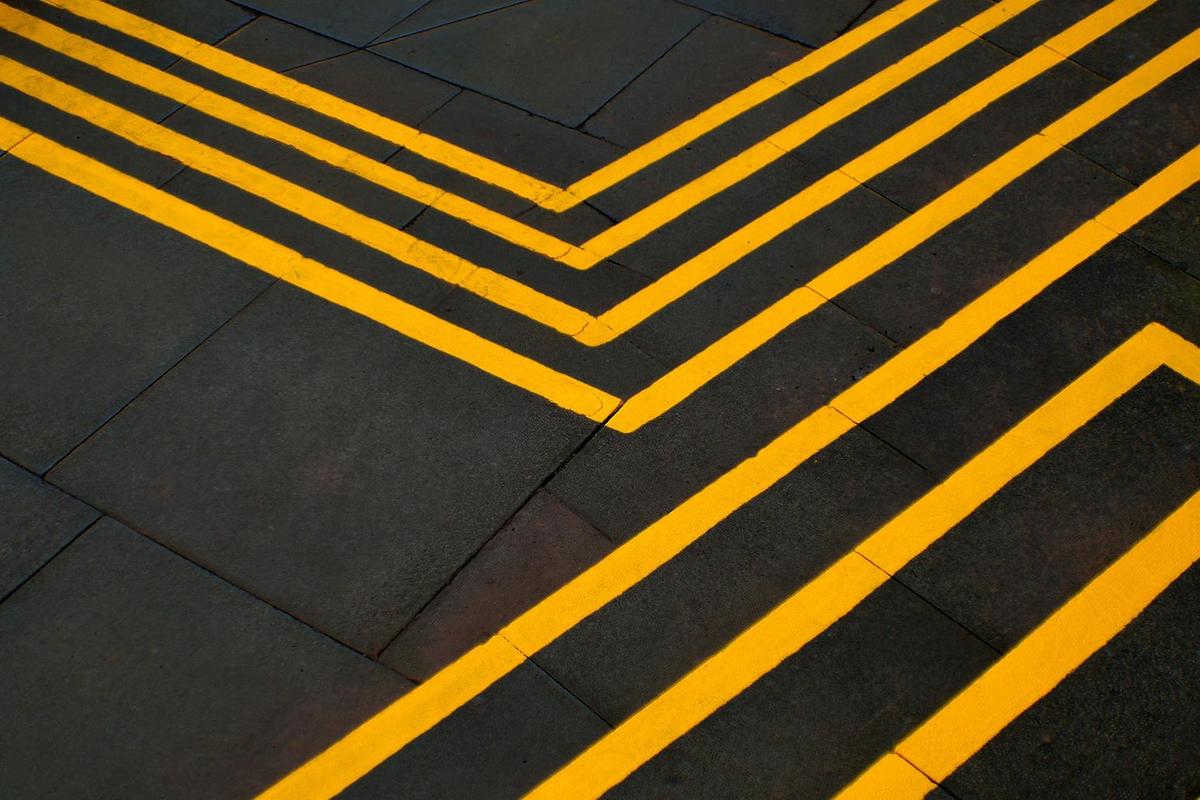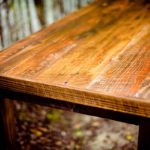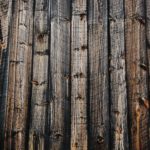
Tiles, in some ways, are a reflection of your artistic side. Every element that your house has contributes to the way it looks and so it is always important to pick up stuff after a little consideration at least.
Tiles are a risky business because it takes a lot for their production. They need to look perfect, the designs should be uniform throughout a set of tiles and the process to make them should be designed so that they don’t get cracks or scratches in the making. These tiles should be made so that they serve their purpose by being able to sustain the pressure and temperature they are made for.
All of this, it depends on the environment they are made in, the equipment and machinery used to make them and so you must know about the maintenance of a tile factory.
- Feldspar is used to minimize the firing temperature in the processing of raw material. As tiles require baking, especially the marble look tiles, keep a check on the parts that come in direct contact with the heat.
- Crushers are used to help material divide into different categories as per the particle size, by eliminating larger lumps of the clay mineral.
- Secondary crushers help reduce particles to a smaller size.
Then we have the tumbling mills, to grind these particles further. Screens help the machine to pick a certain sized particle. Make sure these screens are cleaned before they are subjected to another batch.
To pick a certain size of the material, the finely ground particles are moved in a slanted position under some kind of vibrations (like electromechanical) which ensures material flow.
- Batching
The processing of the raw material is directly responsible for the colour the tile is going to inherit. This depends on the availability of the iron-containing material in the processed raw material.
The mixing of the raw materials that go into making a single tile is a by-product of proper calculations to get what the tile demands.
So, make sure that the chemical reactions do not cause corrosion of the containers or that you keep them in check.
- Grinding
There are three types of mixers – shell, ribbon and intensive. A ribbon mixer uses helical vanes while the intensive one is all about speed (rapidly revolving ploughs.). A shell mixer has 2 cylinders linked in a V shape. This helps it to flip-flop and mix at the same time by rotating.
Fine grinding, at times, requires adding water. This not only helps with the grinding but makes the mixing easier too leading to an efficient forming process. Once we obtain the particle size and the mixture we need, a process known as dry milling is used to eliminate the residual water from the mixture.
It is important to dispose of the resultant slurry to avoid contaminating the water sources nearby.
- Spray drying
The slurry is subjected to rising hot air columns, resulting in evaporation of water particles and a free-flowing powdery outcome.
- Drying
This process might take several days but is necessary to avoid shrinkage cracks over tiled benchtops.
Another way to do this is through continuous or tunnel driers. They are heated using gas or oil, infrared lamps (for thin tiles) or microwave energy (for thick tiles).
One more process is impulse drying – this uses pulses of the hot air which includes their flow in the transverse direction to that of the material flow. The glaze is a glass material that is responsible for the tile’s decorative look and moisture resistant property, Fluorine and lead compounds are produced during firing and glazing. For that, you can use no-lead or low-lead glaze. Fluorine emissions can be controlled using scrubbers.
When you keep in check all these things, this ultimately ensures that your machine lasts longer without spending much on its maintenance.




